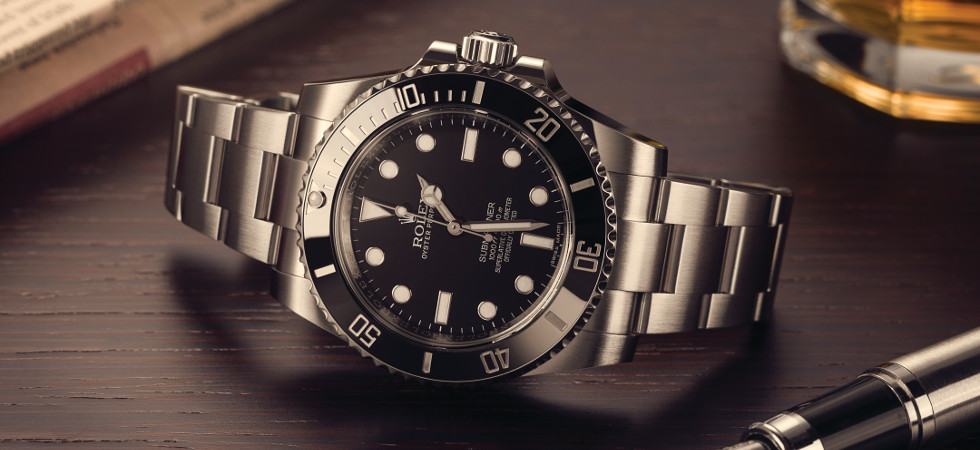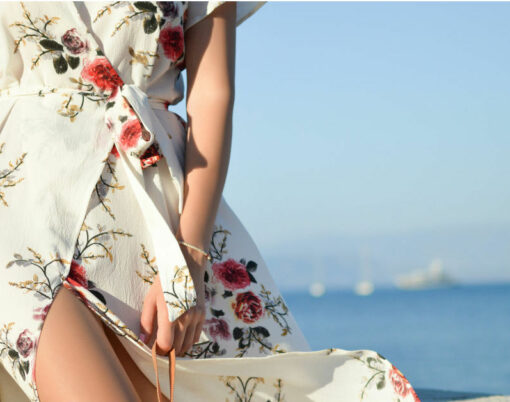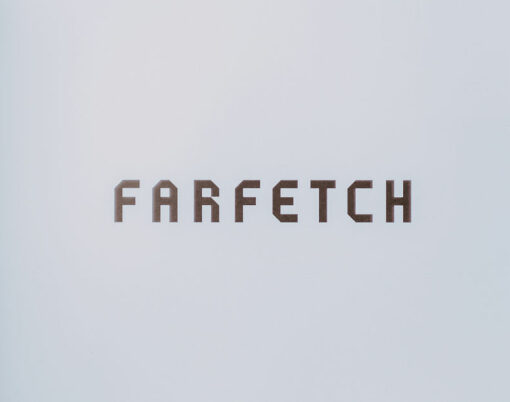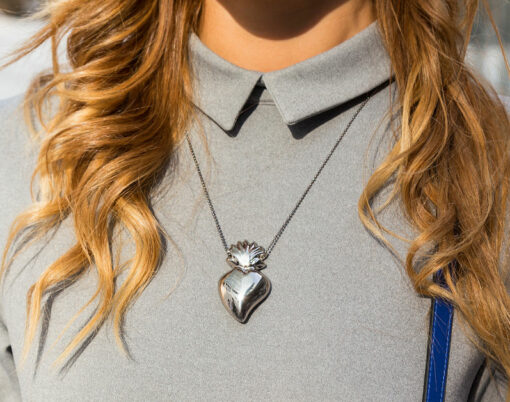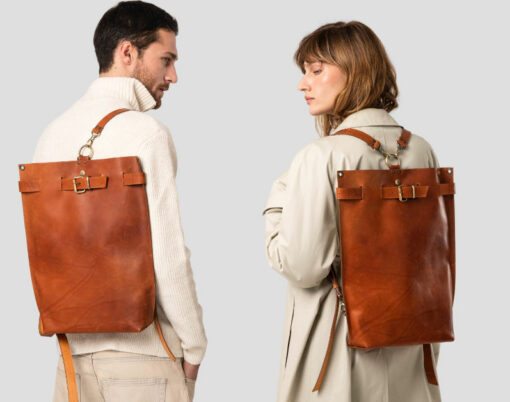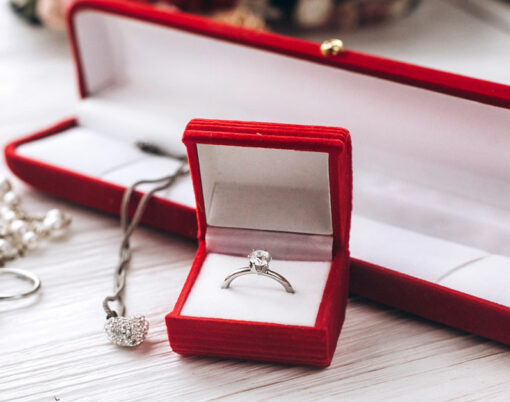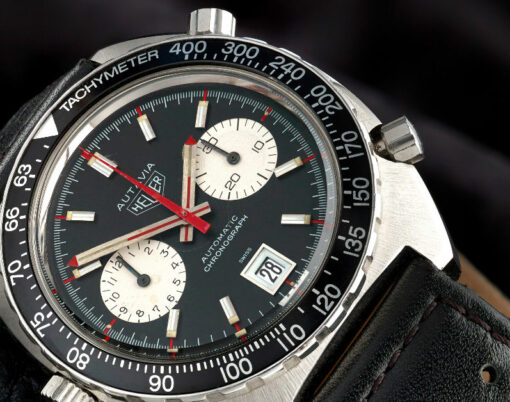The experience that comes with buying your first luxury watch is one to be savoured and enjoyed. Watchfinder – the preowned luxury watch specialists – have provided this guide to furnish you with all the information you need in order to make an informed decision.
Why preowned?
Well, quite obviously, a new watch will always suffer a hit of depreciation in the transition to being pre-owned, so buying pre-owned means avoiding that depreciation. Additionally, with RRPs rising year on year, it can sometimes even propagate a positive investment because the price of new watches is often an anchor point for pre-owned.
A key advantage of buying preowned is the additional choice – being able to browse hundreds of discontinued and vintage models side by side, you can make close comparisons and be sure to buy the watch that’s right for you. Watchfinder’s Swiss-trained watchmakers process every watch through the manufacturer-accredited service centre, checking factors such as authenticity, accuracy, water-resistance and performance. Every watch sold comes with a 12-month Watchfinder warranty.

Investment
First and foremost, you should purchase the watch you want, but if you can secure an investment at the same time, why not? It’s one of the great perks of buying pre-owned – to avoid the gut-wrenching depreciation of brand-new. Depreciation, does however, slow with time, and can – as RRPs subsequently rise – completely reverse and go the other way. It’s not uncommon for a pre-owned watch, such as Rolex or Patek Philippe, to be sold for considerably more than it was bought for.
Budget
While you’ll be looking (at the very least) at £1,000 for a good luxury watch, there is no upper limit, so it’s best to have a budget in mind to start with and stick to it. The most popular watches sit at around the £4,000 – £6,000 mark, for example your classic Rolex, Omega and Breitling. But that doesn’t mean to say there aren’t a great number of options for less, with brands such as Longines, TAG Heuer and Cartier included in that.
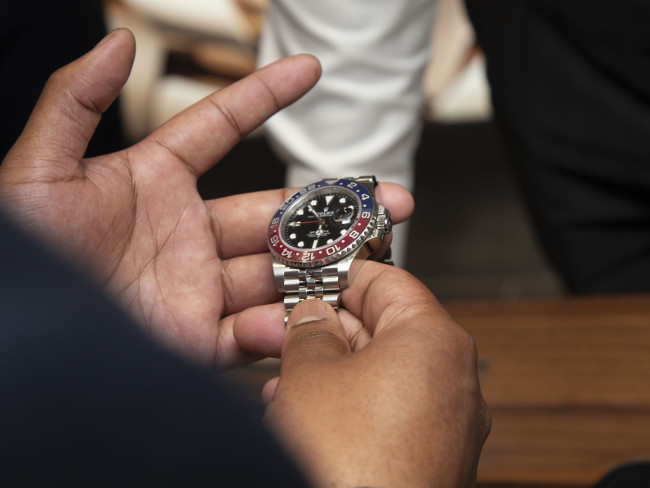
Finance
Finance can make your purchases more manageable, whether it’s a traditional arrangement or interest-free. By spreading your payments, you can have the watch you want sooner rather than later, and with the interest-free options, you won’t pay a penny more than the ticket price.
Style
Believe it or not, watches don’t just tell the time – they tell a story, too. Whether that be a story of deep sea exploration, beating a circuit lap record, or the conquest of the skies, there’s a watch to suit pretty much everyone and everything. It’s obvious that different functionality defines different styles of watch — water resistance in dive watches, for example, or a chronograph on a driver’s watch. Whether it be sporty, or a super smart dress watch that complements a sharp suit, the possibilities are endless and whichever watch you pick is up to you—or maybe, if you can, treat yourself to one for every occasion?
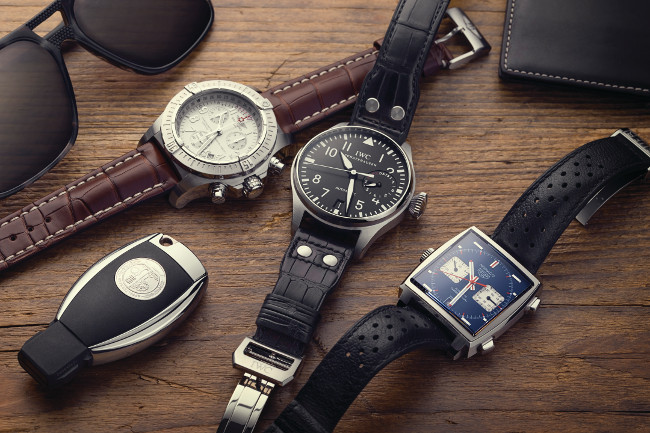
Choosing your spec
Round – No surprise, but most cases fall into the category of round, with a circular chassis holding the dial and movement. This design is the most efficient for analogue dial watches.
Square – These are a little trickier to manufacture. Square-cased watches offer a unique, sporty style. A fine example would be the TAG Heuer’s Monaco!
Tonneau – A Tonneau case is an elegant, multi-plane design used in dress watches to curve them discreetly to wrist. The complex shape is what makes them exclusive.
Cushion – A design defined by the transition from pocket to wristwatches, when wire lugs were soldered to cushion-like cases so they could be worn on the wrist.
It’s often said that 39mm is the ideal size for a wristwatch, but who’s to judge? Watches come in all shapes and sizes from just a few centimetres to well over 60, but how do you find the size for you?
It’s obvious, go try some watches on! Or, failing that, cut out a paper template and see how it sits. If you think it looks good, that’s all that counts. One thing to remember, the size of a watch is given as its diameter across the case (or width and height in the instance of a rectangular watch).
Complications

The watch you choose can feature as many functions as you want it to—from simply telling the time, to more complications than you can possibly imagine. Mechanical movements have the capability of tracking the date perfectly for centuries or mapping the paths of distant stars – but that’s not for the faint hearted. For many of us, a chronograph, GMT function or power reserve are the kinds of complications we can use day-to-day, they offer a slice of watchmaking that’s both functional and technically impressive.
Chronograph – Pusher activated, a chronograph is a timing function that operates independently off the main time display. Also available as a flyback or double chronograph.
Power Reserve – A mechanical movement, whether manual or automatic, can only hold so much power in its mainspring. A power reserve indicates how much power it has left.
Moonphase – The transition of the moon through a 29.5-day cycle is defined by waxing and waning through gibbous and crescent phases, this is indicated by a Moonphase display.
Date – A date display typically revolves through 1–31 without correcting for shorter months. WARNING – Do not use the quick date change feature between 10pm and 2am.
Or you could even go with something a little grander – these are very nice!

Tourbillon – French for ‘whirlwind’ of course, the tourbillon is a method for reducing the effect of gravity on the balance by rotating the entire escapement once every sixty seconds.
Perpetual Calendar – Where a standard date display does not account for shorter months, a perpetual calendar automatically keeps track of days, months, years and would you believe, leap years.
Minute Repeater – A complication that was originally intended for use in the darker winter months, the minute repeater chimes the time on command through a series of lovely gongs.
Equation of Time – The fluctuation of the day as defined by the presence of the sun (apparent solar time) against measured time (mean solar time) is known as the equation of time.
Bezel

The bezel is the ring that surrounds the top of the watch. There are different types, depending on the functions of the watch:
Fixed – Framing the crystal, the bezel is either decorative or functional. A fixed bezel is usuallydecorative but can also be functional in the case of a tachymeter.
Unidirectional – For diving watches, the bezel has a sixty-minute scale on it to time air usage. The bezel only turns one way to prevent divers mistakenly extending their dive.
Bidirectional – For non-diving watches with an adjustable bezel, bidirectional is favourable. GMT bezels spin both ways to facilitate quick time zone setting.
Internal – Some watches use an internal bezel to protect it from damage. These bezels are often set by an external crown, which can often be locked into place.
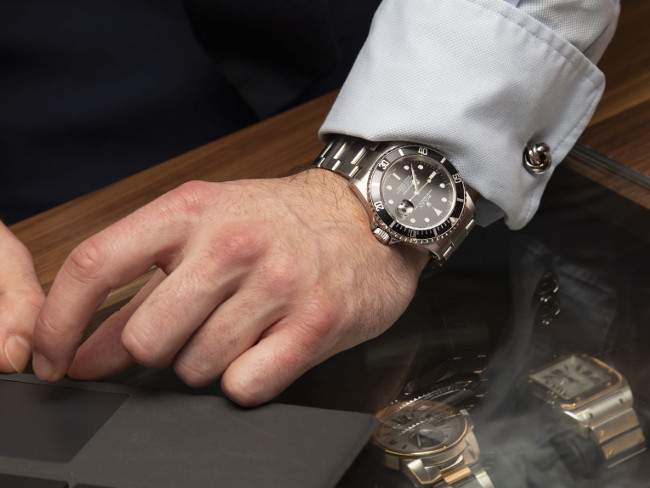
Material
Do you like your watches rugged or refined? Glamorous or understated? The material you choose plays a part in the style and functionality of your watch in a big way and is worth putting some consideration into. Stainless steel is the most common material and comes in a variety of matte and polished finishes. Precious metals like gold and platinum add solidity and appeal to a timepiece for obvious reasons, while rarities like diamonds and mother-of-pearl further enhance a watch’s appeal.
For the more adventurous, exotic materials like titanium, carbon fibre, ceramics and even bronze are available.
There are actually loads of other considerations when it comes to buying a watch, such as the dial, crown and pusher style, markers, hands and movements, but we wouldn’t want to bombard you with too much information. If you head over to the Watchfinder website, you should find all the info you need, otherwise you can always ask, these things are important.
Warranties
This can often be the decider for first time watch buyers, and for complete piece of mind on that, every Watchfinder watch comes with a full year’s comprehensive warranty—covering non-fault defects and malfunction – alongside the balance of the original brand warranty.












